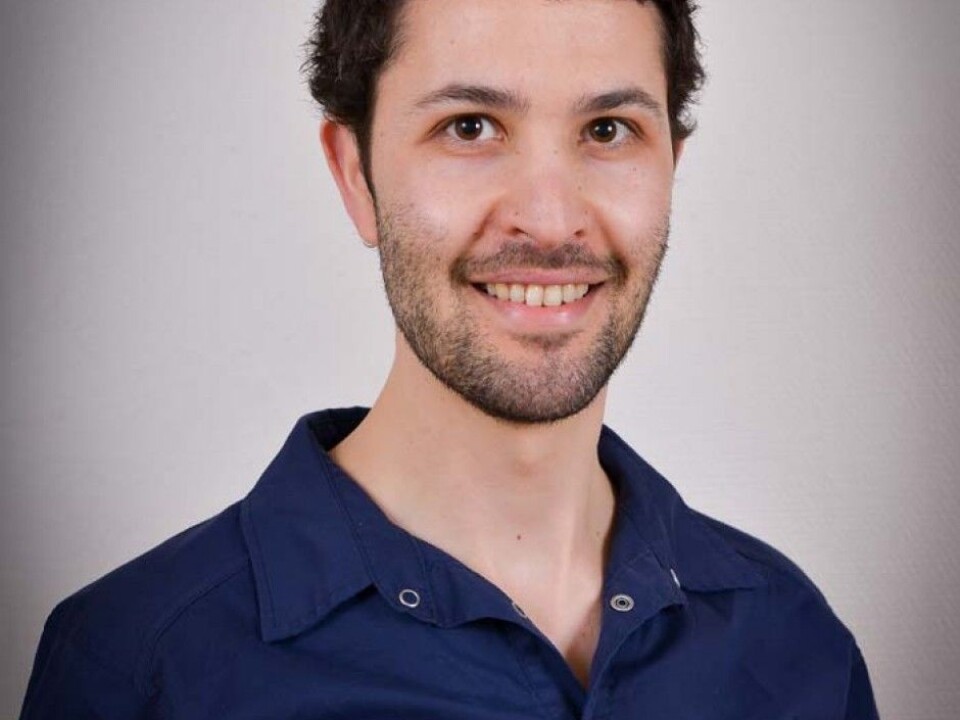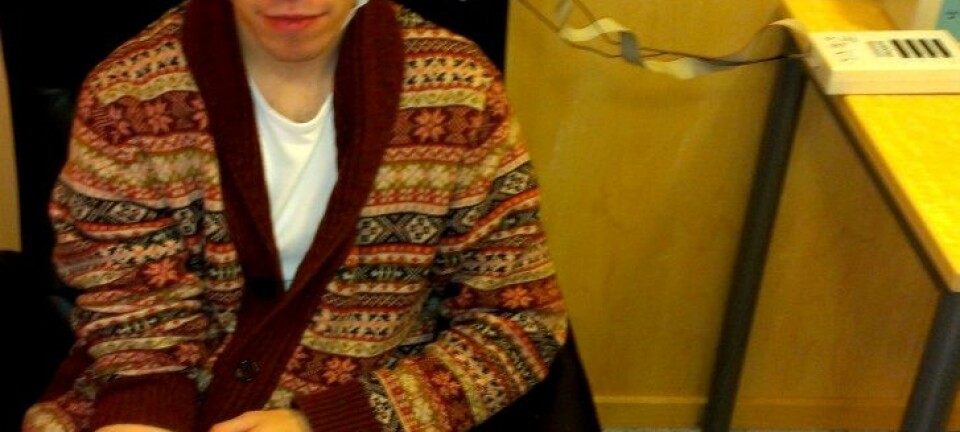
Fake chiropractic treatments make for better research
Conducting research on chiropractic care is hard because it is very difficult to fool patients into thinking they have been given a treatment. But a Norwegian PhD candidate believes he has solved this problem.
Denne artikkelen er over ti år gammel og kan inneholde utdatert informasjon.
Aleksander Chaibi, a Norwegian chiropractor and physiotherapist, has invented a fake treatment, one that feels real but is specially designed not to provide any therapeutic effect.
While this may seem odd, it is exactly what Chaibi was after: a placebo treatment that has no effect, so when researchers compare real chiropractic treatments with sham treatments, they can determine how well chiropractic methods actually work.
“This may become the standard placebo treatment in a lot of future research on chiropractic and other types of treatment - such as physiotherapy - which involve physical contact with patients,” says Chaibi.
Placebo Effect
Top medical research often depends on deception.

That's because the much-talked-about placebo effect causes problems for researchers. The placebo effect means that patients think they are getting proper treatment and get better, even when they have only been given sugar pills or other ineffective treatment.
If researchers want to say with certainty how effective a treatment is, they need to do more than simply compare patients who get real treatment with a control group that was not treated.
In this case, researchers also need to make comparisons with a group of patients who are given a placebo treatment – something that is known not to have any medical effect.
The classic example is in the testing of a new drug. In this situation, some patients are given a real pill while others get a dummy pill, with only sugar or other inert substances. If the group that gets real medicine gets better compared to those who only get fake pills, the findings suggest that the drug works.
Must be blind study
The crucial point is that the study must be “blind”, meaning that patients cannot know whether they are getting real treatment or the placebo.
But not at all medical treatment consists of pills. Instead, a treatment may involve surgical procedures - or in the case of chiropractic, physical manipulation of joints and muscles. That makes blind trials far more difficult to create than those that test for effectiveness of medicines, for example.
The problem is clear: How do you get the placebo group to believe that they have received chiropractic treatment, without actually giving them some kind of treatment?
Bad comparisons
There are studies where researchers have compared chiropractic treatments with placebo treatments, says Chaibi, who is now a PhD candidate at Akershus University Hospital and the University of Oslo.
But most often the placebo treatment is very different from the actual treatment that chiropractors provide.
Researchers “have pretended they treated patients with ultrasonic devices. But this does not resemble chiropractic treatment,” Chaibi says. “It’s not the same as physical touch. And in that case it’s easy for patients to tell that they have been given the placebo treatment.”
Chaibi also says that none of these studies asked the patients if they thought they were being given real treatments or the placebo. That means there is no way to say if the study is truly “blind”.
And that brings us to the fake treatments developed by Chaibi and his colleagues.
Shoulders and buttocks
“The point of chiropractic care is to stimulate the nervous system, and in the case of our research group, the central nervous system in the back and neck,” says Chaibi.
Since the whole idea of a placebo treatment is that it should not have any effect at all, researchers wanted to find places to touch that were far away from the neck and spine. They concluded that they could put light pressure on a shoulder blade.
“It is also possible to have patients lie on their side and give a slight nudge to their bottom, specifically the buttocks,” he said.
“We assume that these measures provide minimal therapeutic effect,” says Chaibi.
The next step was to do an experiment in which the researchers tested whether the patients were actually fooled by this treatment.
Believed in the fake treatment
The researchers rounded up 70 patients with migraine – an illness that chiropractic care may possibly help with. Thirty-five of the participants were given a fake treatment while the rest were given proper chiropractic treatments. Patients in both groups received 12 treatments spread over three months.
After each treatment participants filled in a questionnaire which they answered if they believed they had received real chiropractic treatment or sham treatments, and how confident they were in their response, says Chaibi.
The results showed that about 80 percent of patients in both groups felt they were given actual chiropractic treatment for each of the 12 treatments. There was no difference between patients who had been to a chiropractor before, and those who did not.
“This shows that the method can be used as standard placebo treatment in future studies of manual therapy in chiropractic, physiotherapy, massage and osteopathy,” says Chaibi.
-------------------------------------
Read the Norwegian version of this article at forskning.no


































